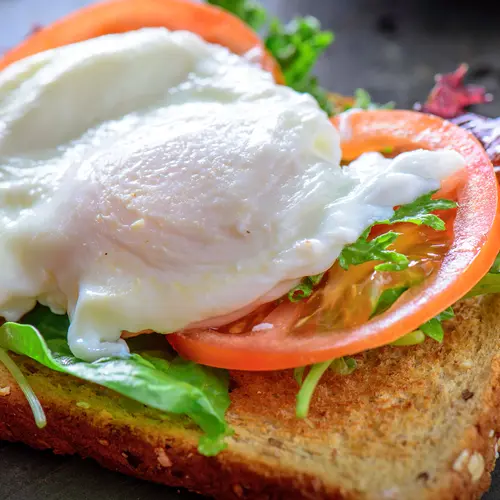Why do people soak beans before cooking them? Does it give any benefits? What about soaking lentils and dried peas? The short answer is that soaking beans, though not needed, has many advantages — including reducing the gas produced when digesting them.
Is Soaking Beans Necessary?
Don't worry about soaking lentils, split peas, or black-eyed peas (or cowpeas). Lentils and peas are softer than dried beans. They'll cook within 5 to 20 minutes without any soaking time.
Nearly all traditional cookbooks tell you to soak dried beans before cooking them. Modern cooking websites often say it doesn't matter. In a way, they're both right.
Soaking beans can help improve the texture of the final product once the beans are cooked and reduce the gas produced when the food is being digested. But it isn't necessary to soak them.
To cook beans without soaking them first, follow these steps:
- Sort and rinse your dried beans.
- Put the beans in a pot with plenty of water to cover them.
- Bring them to a boil and let them boil hard for 15 to 20 minutes.
- Turn the heat down to low. Simmer the beans gently until tender.
Soaking Beans Benefits
The purpose of soaking beans depends on who you ask.
Many people prefer soaking beans, especially with the hot soak method, because it makes the beans more tender after they are cooked. Others soak their beans to make the beans easier to digest and to prevent gas.
Unsoaked dried beans contain oligosaccharides, which are hard to digest — even when they reach your small intestine, the beans can’t be digested fully. When the beans reach the large intestine, good bacteria break them down to digest them further. This leads to the production of gas.
Soaking can help remove some of the oligosaccharides and make it easier for your body to break down the beans, making it less likely for you to have gas after eating them. Overnight soaking can help you dissolve 75% to 90% of the oligosaccharides into the soaking water, which you can throw away after the soaking’s done.
How To Soak Beans
Any kind of bean can be soaked using any soaking method — quick soak, hot soak, or overnight soak. Based on the methods you choose, your soaking time will change.
But regardless of the soaking method and the bean type you use, you’ll need to start with these steps:
- Spread your beans on a cookie sheet so that you can see them well. Remove any rocks, pieces of dirt, or split, discolored, or shriveled beans.
- Use a colander to rinse the beans well under cold water.
- Put the beans in a large pot. Beans double or triple in size when soaked and cooked, so pick a pot that’s large enough.
- Add 5 cups of water for every 1 cup of dried beans.
- Bring the beans to a boil
- Continue boiling them for 2 to 3 minutes.
- Remove from the heat and cover the pot.
Quick soak. Though it’s the fastest method, it won’t help you reduce gas as much as the other two would. After the first seven steps described above, simply let the beans soak at room temperature for at least an hour.
Hot soak. Most chefs like this method because it consistently gives tender cooked beans. It also reduces cooking time and dissolves some of the gas-causing oligosaccharides. After the first seven steps, allow the beans to soak at room temperature for up to 4 hours. This is the longest time beans can be safely left to soak at room temperature. After 4 hours, bacteria in the beans or water used for soaking may multiply and produce harmful levels of toxins.
Overnight soak. This traditional method is just as easy as the others. Longer soaking times allow for more oligosaccharides to dissolve into the water. They can be washed away when you rinse the beans. After the first six steps above, allow the pot to cool to room temperature and then place it in the fridge overnight (or for at least 8 hours).
How to Cook Soaked Beans
One pound (2 cups) of dried beans, measured before soaking, will give you about 6 cups of cooked beans. If your recipe calls for one 15-ounce can of beans, use 1 3/4 cups of cooked, drained beans.
After you use one of the three soaking methods, follow these steps to cook your soaked beans:
- Drain the beans in a colander. Rinse the beans with cold water and drain them again.
- Put the soaked beans in a pot with about 3 cups of water for every 1 cup of dried beans you started with.
- Bring the beans to a boil. Turn the heat down to low and simmer until tender. It’ll take around 1 to 2 hours, depending on the kind of bean you use.
- Check often to make sure there's enough water to cover the beans. Add more if needed. Stir often to keep the beans from sticking to the bottom of the pot.
- After about 45 minutes of simmering, check the beans about every 15 minutes to check if the beans are tender — take a fork and mash a bean on the side of the pot. If it mashes easily, it's done.
- Store any beans you don't plan on using right away in the fridge for 3 to 5 days or in the freezer for up to 6 months.

